Living a zero-waste lifestyle doesn’t have to break the bank. In fact, it’s often about simplifying your habits, reusing what you have, and making smarter, more intentional choices. By reducing waste and embracing a minimalist mindset, you can save money while doing your part to protect the environment.
If you’re ready to start your journey into zero-waste living without spending a fortune, here’s a practical guide to help you get started.
Table of Contents
Toggle1. Start with What You Have
You don’t need to rush out and buy expensive zero-waste products. Chances are, you already have items at home that can help you reduce waste.
How to Use What You Have:
- Glass Jars: Reuse empty jars for food storage, bulk shopping, or DIY projects.
- Cloth Bags: Repurpose old pillowcases or fabric scraps into reusable shopping bags.
- Towels and Rags: Cut up old clothes to replace paper towels.
Pro Tip: Zero-waste living is about using what you already own, not buying new.
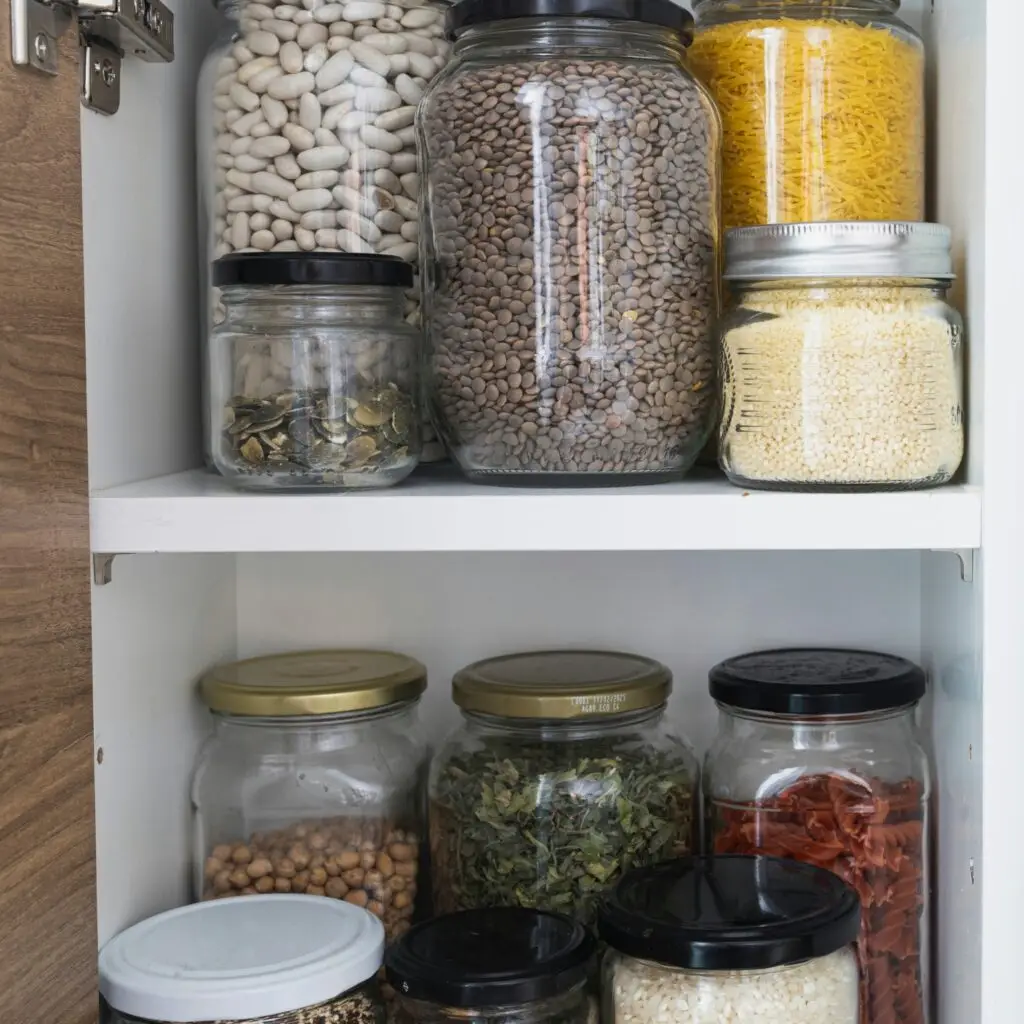
2. Buy in Bulk (and Skip the Packaging)
Buying in bulk is one of the easiest ways to save money while reducing packaging waste. Many grocery stores and specialty shops offer bulk sections where you can fill your own containers.
Bulk Shopping Tips:
| Do This | Why It Helps |
|---|---|
| Bring reusable containers. | Avoids single-use plastic bags. |
| Plan your shopping list carefully. | Reduces impulse purchases and waste. |
| Buy only what you need. | Saves money and minimizes food waste. |
External Link: Find your nearest bulk store at Zero Waste Home.
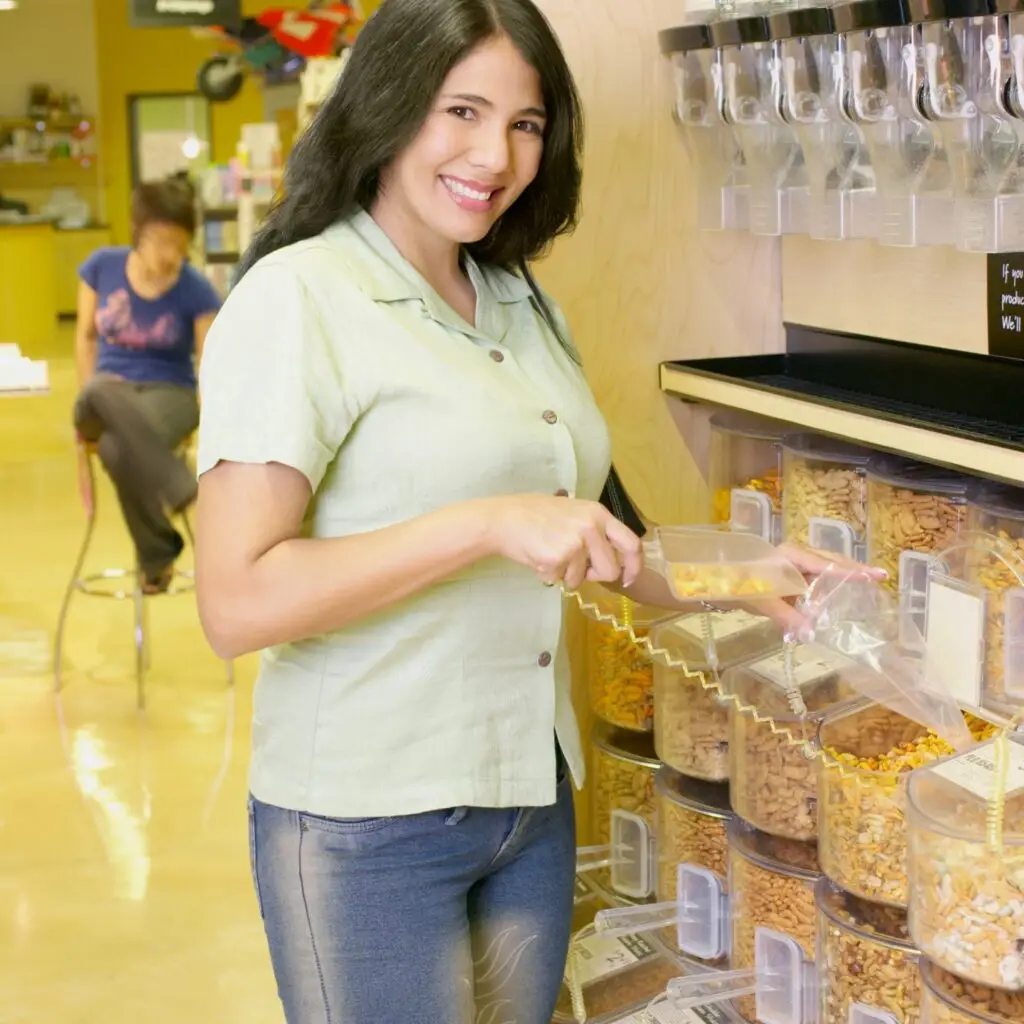
3. DIY Cleaning Products
Cleaning products are often packaged in plastic and filled with harsh chemicals. Making your own is not only better for the planet but also more affordable.
DIY Cleaning Recipes:
- All-Purpose Cleaner: Mix equal parts water and white vinegar in a spray bottle. Add a few drops of essential oil for scent.
- Glass Cleaner: Combine 1 part white vinegar with 2 parts water.
- Laundry Detergent: Blend washing soda, baking soda, and grated bar soap.
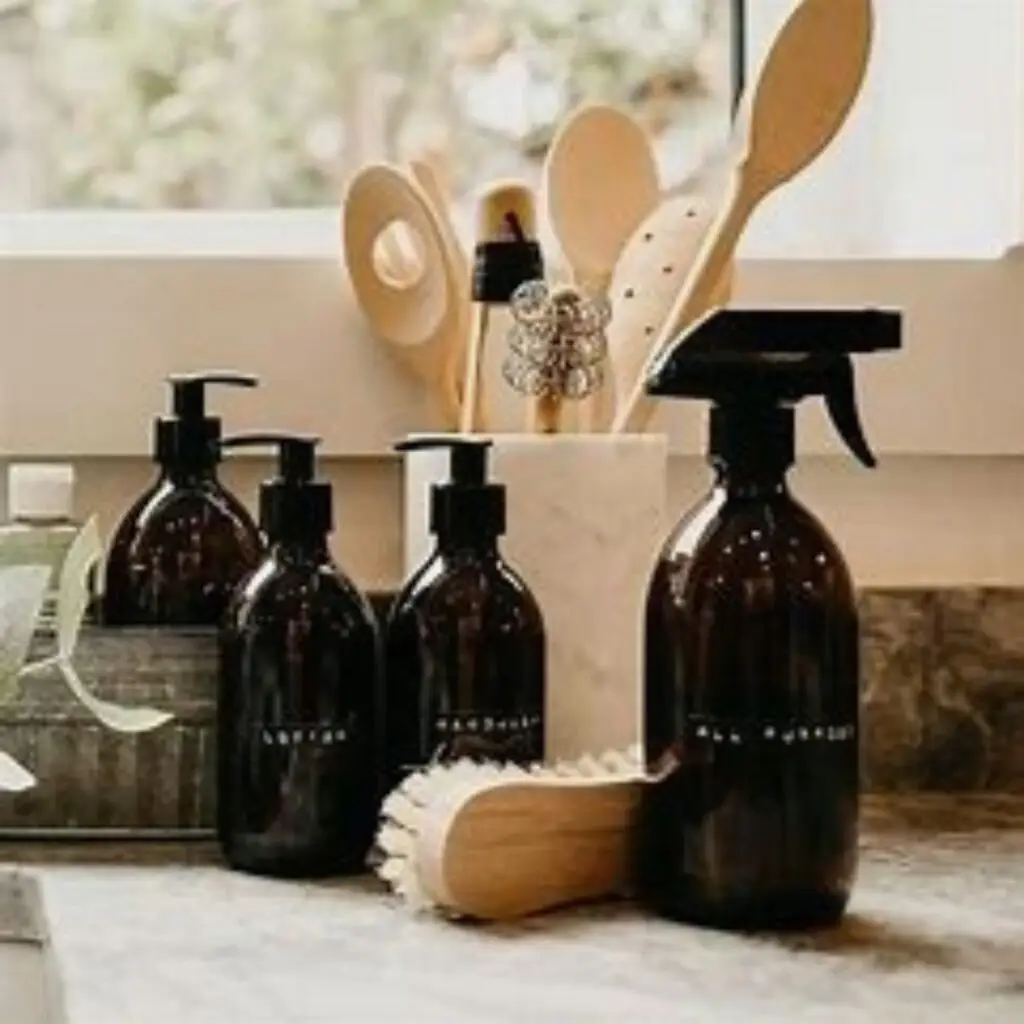
4. Shop Second-Hand
Thrifting is a fantastic way to reduce waste and save money. From clothes to furniture, buying pre-loved items gives them a new life and keeps them out of landfills.
Best Places to Thrift:
- Local thrift stores.
- Online marketplaces like Facebook Marketplace or ThredUp.
- Community swap events.
Pro Tip: Look for items you truly need to avoid overbuying.

5. Reduce Food Waste
Did you know the average household wastes about 30% of the food they buy? By planning your meals and storing food properly, you can save money and minimize waste.
How to Reduce Food Waste:
- Plan Meals: Create a weekly meal plan based on what you already have.
- Use Up Leftovers: Turn yesterday’s dinner into today’s lunch.
- Compost: Transform food scraps into nutrient-rich soil.
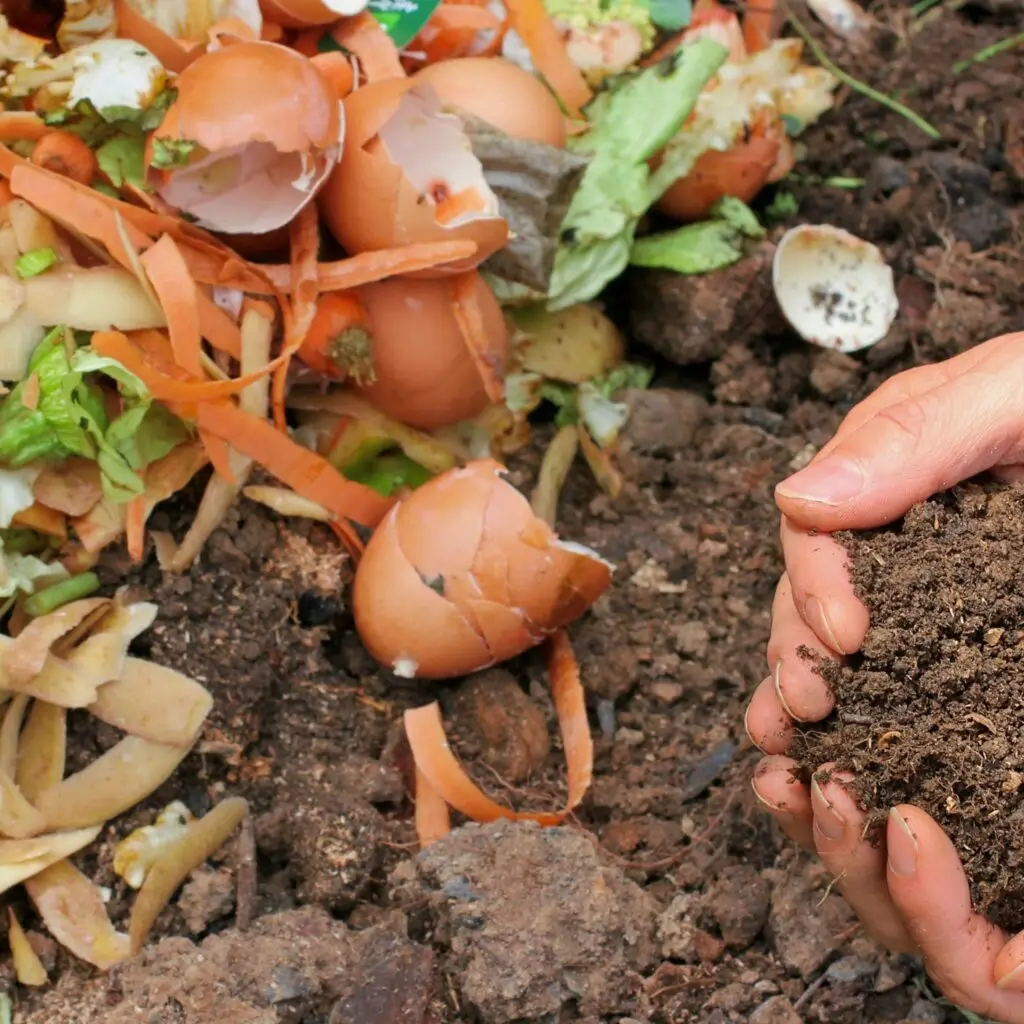
6. Make Zero-Waste Swaps Slowly
There’s no need to replace everything at once. As items run out, swap them for sustainable alternatives.
Budget-Friendly Zero-Waste Swaps:
| Swap This | For This |
|---|---|
| Plastic toothbrush | Bamboo toothbrush. |
| Disposable razors | Safety razor. |
| Plastic wrap | Beeswax wraps or containers. |
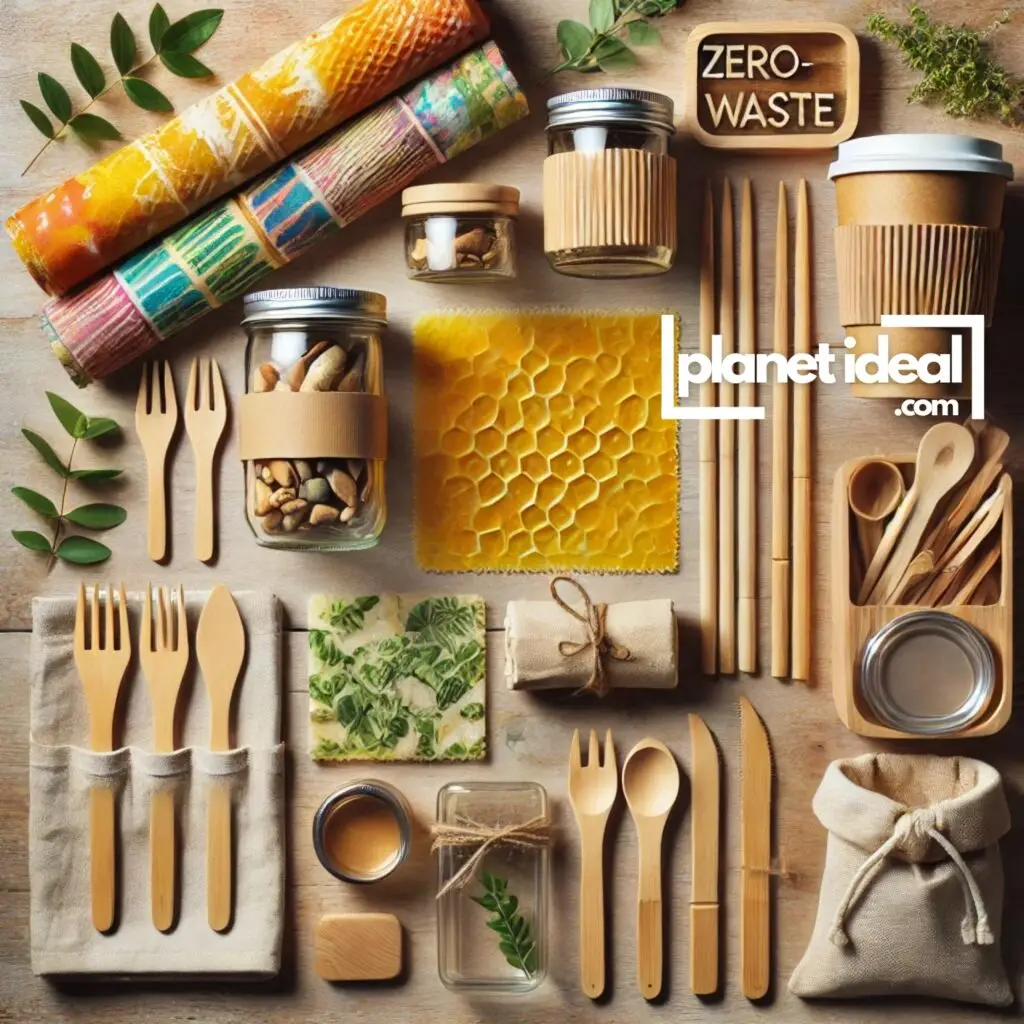
7. Support Local Farmers and Businesses
Shopping locally reduces the carbon footprint of your purchases and supports your community. Farmers’ markets often have fresh, affordable produce without unnecessary packaging.
External Link: Find local farmers’ markets through LocalHarvest.

At Planet Ideal, we’re on a mission to make sustainable living accessible for everyone. Our team of eco-enthusiasts writes short, snappy, and easy-to-digest articles designed to inspire real change without overwhelming. From practical tips to innovative ideas, we’re here to prove that living green can be stylish, convenient, and enjoyable. Join us as we empower individuals, families, and communities to embrace eco-friendly lifestyles—one step, one story, and one solution at a time.






